WELCOME TO CHARDIVIBE
WHO ARE SIKH’S?
Sikhs are followers of Sikhism, a monotheistic religion founded in the 15th century by Guru Nanak Dev Ji in the Punjab region of South Asia, which is now divided between India and Pakistan. Sikhism emphasizes devotion to one God, equality of all people, and the importance of service to humanity. Sikhs believe in living a truthful, honest life, with a strong focus on community, selflessness, and justice. Central to Sikh beliefs is the concept of Seva (selfless service), Simran (remembrance of God’s name), and Sangat (community). Sikhism rejects discrimination based on caste, creed, and gender, and promotes the idea of living harmoniously with others. The core teachings of Sikhism are preserved in the Guru Granth Sahib, the holy scripture of the Sikhs. Sikhs can often be recognized by their distinct appearance, which includes wearing the Five Ks (Kesh, Kara, Kanga, Kachera, and Kirpan) as symbols of their faith.

"Sikh's worship the CREATOR, Not the CREATURE".
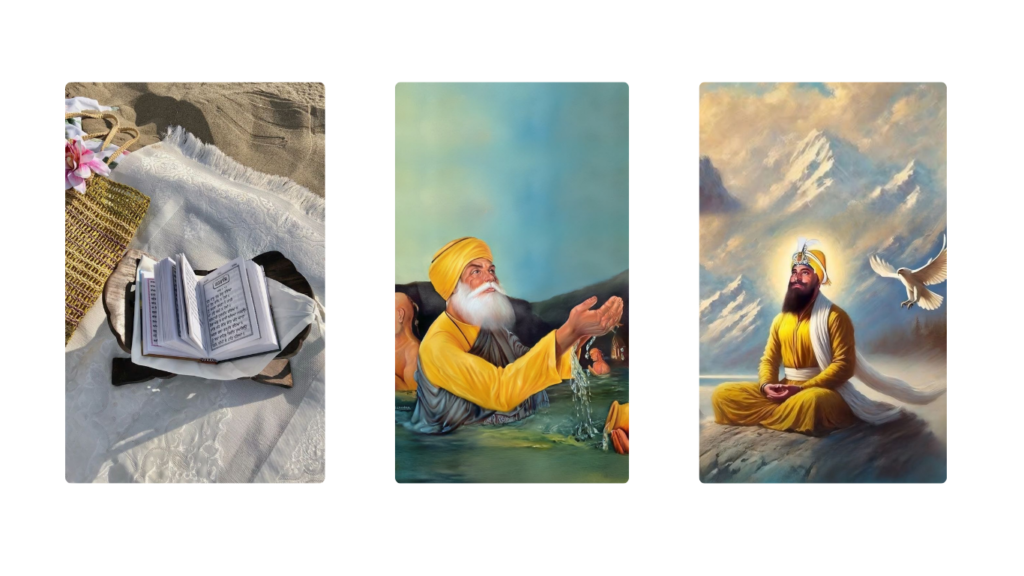
Sikh worship is focused on the worship of Waheguru, which means “Wonderful Lord” or “God.” Sikhs believe in one God, who is formless, eternal, and beyond human comprehension. Waheguru is seen as the creator and sustainer of the universe, and Sikhs seek to live in harmony with God’s will (known as Hukam).
Sikh worship primarily takes place in the Gurdwara, the Sikh place of worship. Central to the service is the Guru Granth Sahib, the holy scripture of Sikhism, which Sikhs consider to be the eternal Guru. Sikhs do not worship idols or images, but instead focus on the teachings of the Gurus, as conveyed through the scripture. The central practices of worship include reading from the Guru Granth Sahib, singing hymns (known as Kirtan), and engaging in community service (Seva).
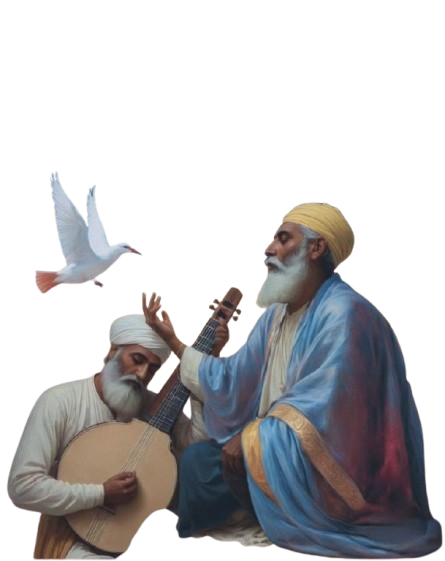
WHO IS THE FOUNDER OF SIKHISM?
Guru Nanak Dev Ji, the founder of Sikhism, was born on April 15, 1469, in the village of Rai Bhoi Ki Talwandi (now Nankana Sahib, Pakistan). From a young age, he exhibited a deep spiritual curiosity, questioning the rituals and divisions in the religious practices of both Hinduism and Islam. At the age of 30, Guru Nanak had a profound spiritual revelation after disappearing for three days. Upon his return, he declared that there is no Hindu and no Muslim—only one God who transcends all religious labels, which became the cornerstone of his teachings. Guru Nanak emphasized the oneness of God, the importance of living a truthful, honest life, and rejecting social divisions like the caste system. He also advocated for equality, justice, and the practice of Seva (selfless service) as a means of serving humanity. His message was revolutionary for his time, as he rejected the rituals and hierarchy of established religions and sought to unite people through devotion to the one divine Creator. Guru Nanak’s teachings laid the foundation for the Sikh faith, and his legacy continues to guide millions of Sikhs around the world today.
THREE PILLARS OF SIKHISM


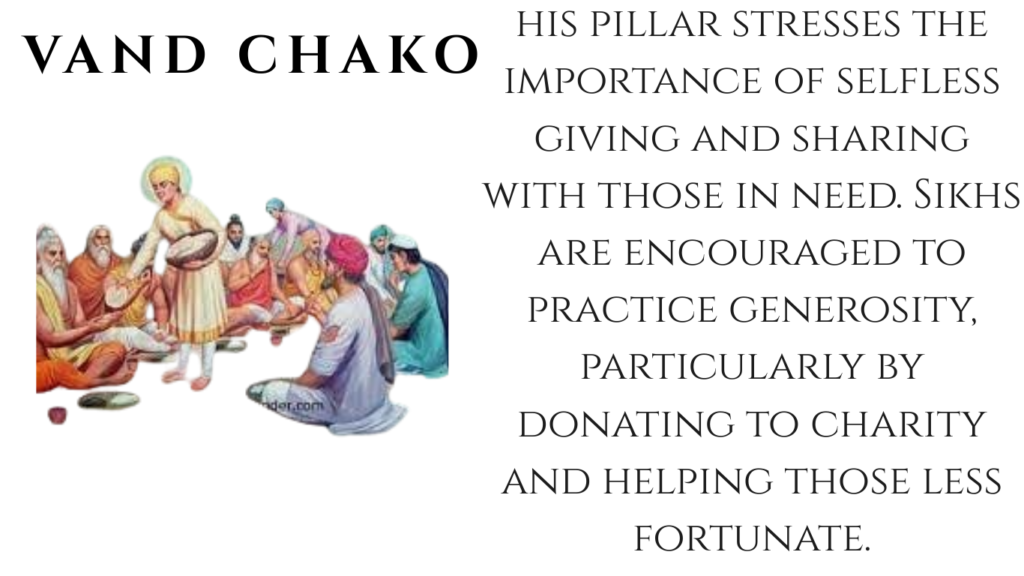
THE 10 SIKH GURU’S
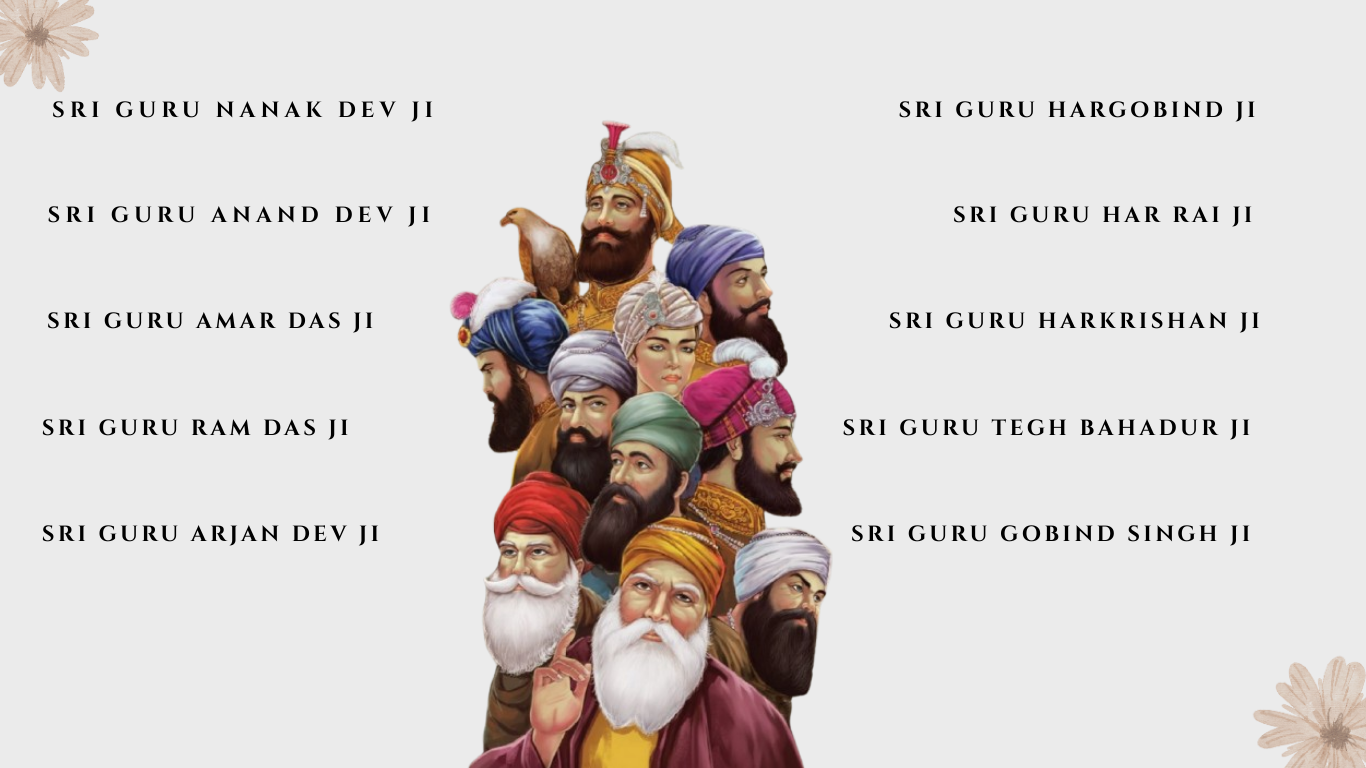
SRI GURU GRANTH SAHIB JI
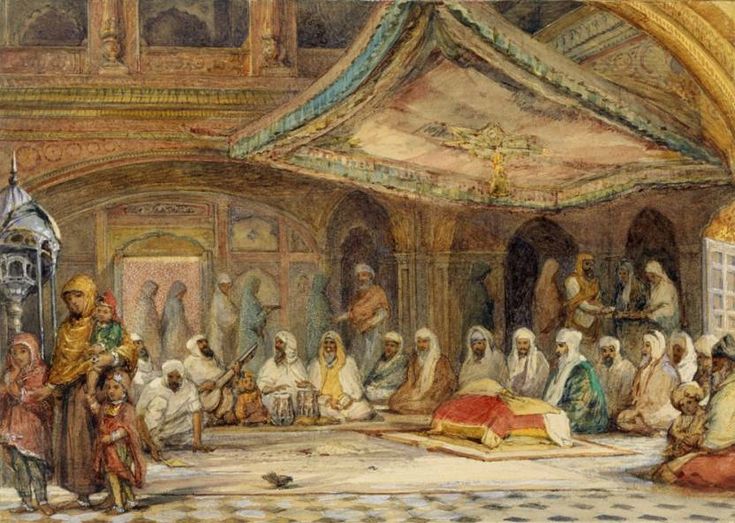
Sri Guru Granth Sahib Ji is the central religious scripture of Sikhism, regarded by Sikhs as the final, eternal, and living Guru. It is a compilation of hymns (Shabads) and writings by Sikh Gurus, saints, and poets from various spiritual traditions. The Guru Granth Sahib was compiled by the Fifth Sikh Guru, Guru Arjan Dev Ji, in 1604 and later expanded by Guru Gobind Singh Ji, the Tenth Sikh Guru. In 1708, Guru Gobind Singh Ji declared the Guru Granth Sahib to be the eternal Guru, and since then, Sikhs have revered the scripture as their spiritual guide and teacher.
The Guru Granth Sahib contains 1,430 pages and is written in Gurmukhi script. It includes writings in various languages, including Punjabi, Sanskrit, Persian, and Hindi, reflecting a broad spiritual and philosophical scope. The hymns in the scripture express the core teachings of Sikhism: devotion to one God, equality of all people, humility, selfless service, and the pursuit of truth.
For Sikhs, the Guru Granth Sahib is not just a book but a living presence, and it is treated with utmost respect and reverence. It is central to daily life and is read, recited, and sung in Gurdwaras (Sikh temples) and homes around the world.

